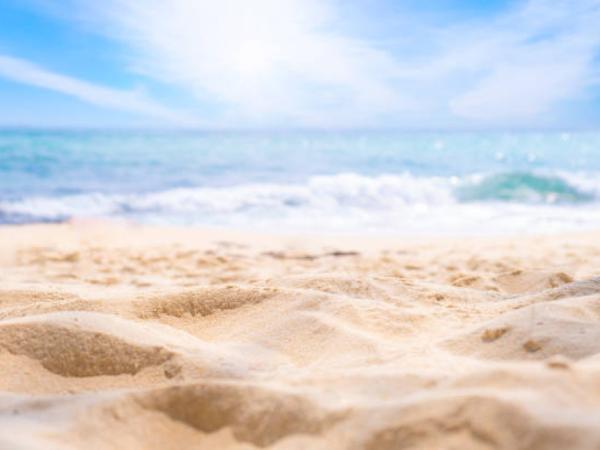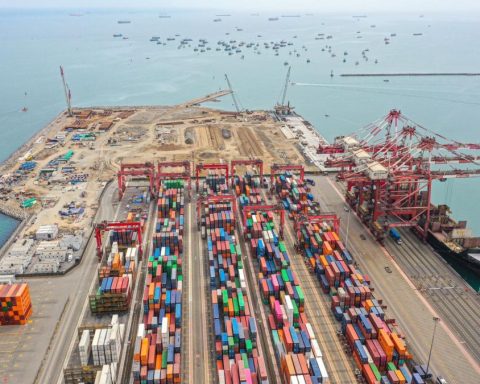A recent study conducted by the Geology, Geophysics and Marine Processes Group of the University of the Atlantic revealed the critical degradation of the dunes along the coasts of the department. The research, entitled ‘Human impact on the scenic quality of coastal dunes: A study of the central Caribbean coast of Colombia’, focused on 19 dune systems, revealing the significant impact of human activity on these fragile ecosystems.
(Read here: Seaplanes could be a reality in Colombia: this is the company that would bring them)
The study, led by professors Nelson Rangel Buitrago and Adriana Gracia and published in Elsevier’s journal Regional Studies in Marine Science, used the Dune Landscape Assessment System (DSES) to classify sites into five categories.
These range from areas with high landscape value (class I) to severely degraded urban regions (class V). The results were alarming: no site was classified in the highest classes (I or II), while 32% of the sites were classified in the highest classes (class I).The dune systems were classified as class V, the most affected by human intervention.
Critical degradation factors
The factors that most influence the decrease in landscape value include coastal erosion, uncontrolled urbanization, garbage accumulation, noise, the introduction of invasive species and vehicular traffic on beaches. According to the report, more than half of the areas analyzed (53%) fall into class IV, indicating considerable degradation. “The degradation of the dunes not only affects the natural environment, but also the economy and communities that depend on tourism,” Professor Rangel highlighted.
(See here: National Government will send humanitarian planes for Colombians in Lebanon)
Coastal dunes act as natural barriers that protect the interior of the coast from erosion and storm surges. Their conservation is essential not only for biodiversity, but also also for sustainable tourism, one of the main sources of income in the region.
The beaches of Cartagena, Barranquilla and Santa Marta are the most vulnerable to pollution.
iStock
Impact on biodiversity
Dunes, in addition to being natural barriers, are home to flora and fauna adapted to extreme environmental conditions. The loss of native vegetation, caused largely by urban development, increases the risk of erosion and affects the species that depend on this ecosystem. Furthermore, the presence of rubbish, especially plastics, contributes to the visual and ecological degradation of the dunes.
“The impact of solid waste is particularly worrying. It not only damages the appearance of the landscape, but directly affects the vegetation that stabilizes the dunes,” Adriana Gracia explained. This situation also represents a risk for the local economy, since the loss of scenic quality can reduce the tourist appeal of the region’s beaches.
Recommendations
The research team stressed the need to adopt integrated coastal management strategies to mitigate degradation. Key recommendations include strengthening regulatory frameworks, involving local communities, create ecological restoration projects and increase control of vehicle access.
(Read more: ‘AI is going to change the way we live’: Biden gives speech at UN)
The study by the University of the Atlantic concluded that immediate action is essential to restore the ecological and scenic value of these landscapes. “Community involvement is crucial; clean-up campaigns and environmental education can make a big difference,” Rangel concluded.
EL TIEMPO EDITORIAL

















